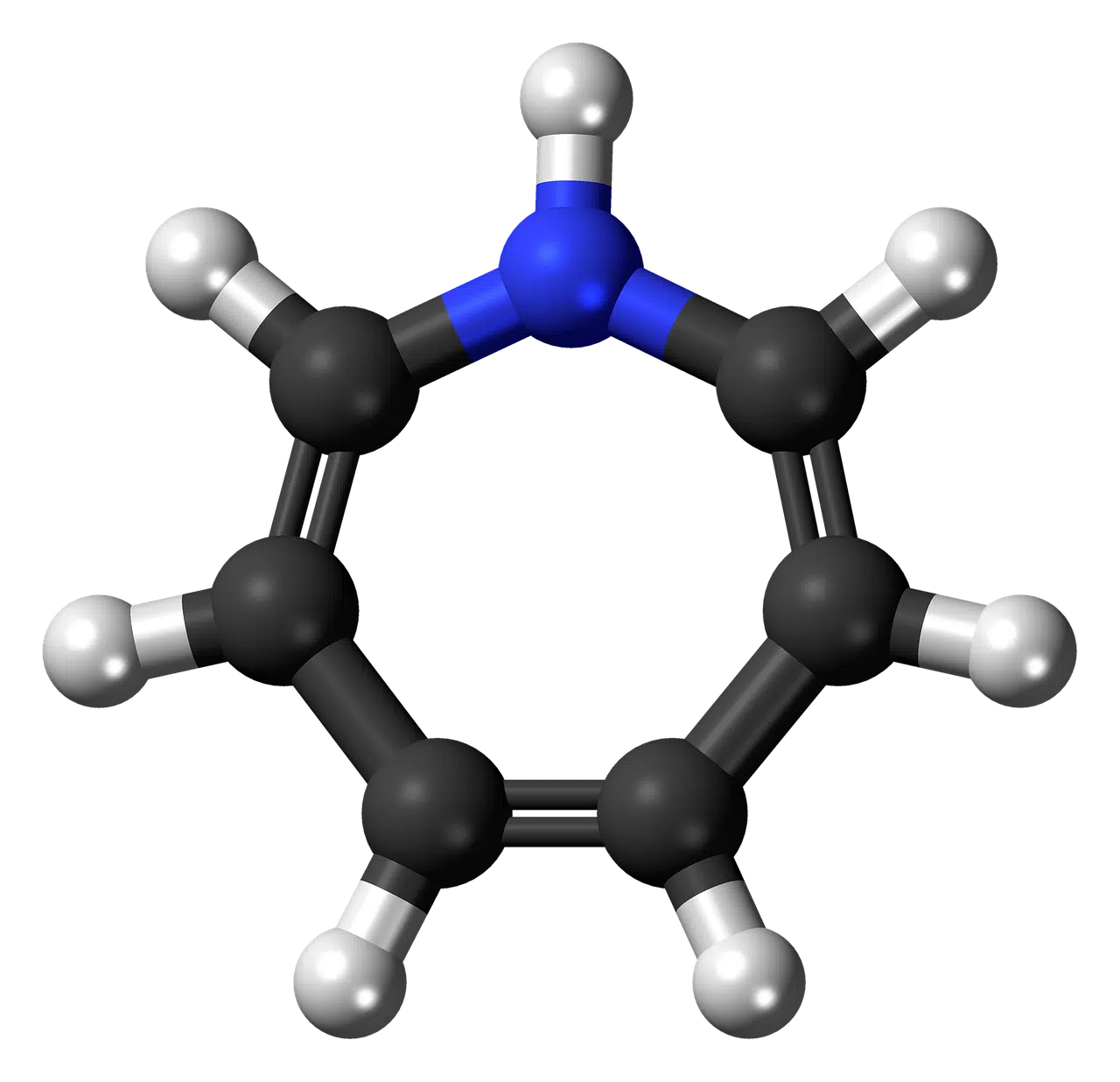
Nitrogen is a chemical element.
Nitrogen is the chemical element that is characterized by having the atomic number 7 and is symbolized by the letter N. It is a colorless, odorless and tasteless gas that is present in four-fifths of the air in the atmosphere (in its molecular version, recognized as N2 ).
It should be noted that nitrogen is usually used as a refrigerant and is useful in the ammonia formation process, which then allows the creation of fertilizers and explosives, among other products. With nitrogen it is also possible to make nitric acid .
The etymological origin of this word is found in Greek. Specifically, we can make it clear that it is formed by the union of the word nitron , which means "potassium nitrate" ; and gen , which is equivalent to "generation" . However, it should be noted that the person who created this term was none other than the French chemist Jean Antonie Chaptal in 1790 .
Discovery of nitrogen
Being an inert fluid , nitrogen is often described as azoe (i.e. "lifeless" ) and, in ancient times, the symbol Az was even used to identify it. It is considered to have been officially discovered by the Scottish chemist Daniel Rutherford ( 1749 – 1819 ), who in 1772 announced some of its properties.
Nitrogen is the most abundant compound in our planet 's atmosphere, making up 78.1% of its volume. It is also present in 3% of the elemental structure of the organism of human beings and appears in the remains of specimens belonging to the animal kingdom. Several scientists have also detected some compounds from outer space where the presence of nitrogen is also noted.
This element, on the other hand, is an essential compound of nucleic acids and amino acids . When hydrogen compounds have cyanide ions, they constitute highly toxic salts that can be fatal.
It should be noted that nitrogen in its liquid version is maintained at a temperature identical to or lower than its boiling temperature (according to measurements, at -195.8 ºC). It can be generated on an industrial scale from fractional distillation and is often used to seal waterways in public works.

Nitrogen is used in different ways.
Its effects on health
It is important that we also establish that one of the main studies that have been carried out with nitrogen as its central axis has been that of the effects that it has on human health.
Specifically, it has been established that the changes that man has generated in the atmosphere, through pollution, have increased the proportions of the elements that make up the atmosphere, causing the individual to be, for example, affected by low levels of vitamin TO.
Nitrogen cycle
Finally, it is known as the nitrogen cycle , the biological and abiotic processes that allow the supply of the element to living beings. The dynamic composition balance of the biosphere depends on these processes.
This cycle is made up of several clearly defined phases, the first of which is called nitrogen fixation and assimilation . This would be followed by ammonification , nitrification and finally what is known as denitrification , which is the one in which the reduction of the nitrate ion to diatomic nitrogen occurs.
The last element mentioned, also known as dinitrogen or molecular nitrogen , we can establish that it is a gas that is the component of approximately 78% of atmospheric air. Among its main hallmarks are being colorless, inert and tasteless and which is used very frequently in different tasks and research in the field of cryogenics .
